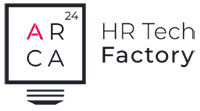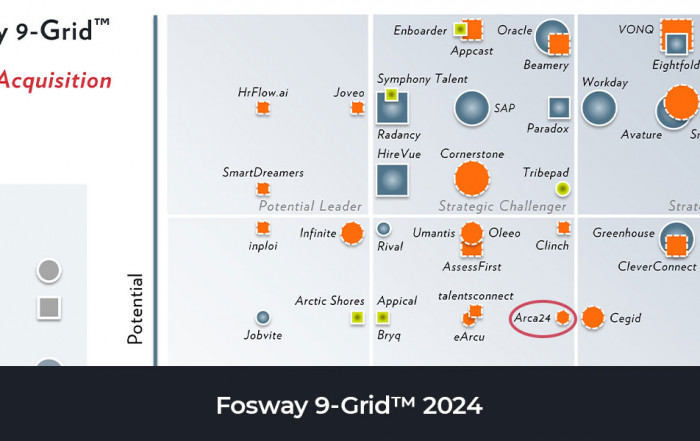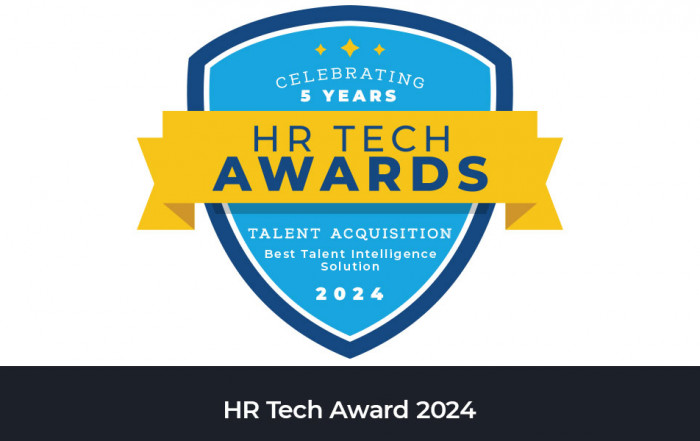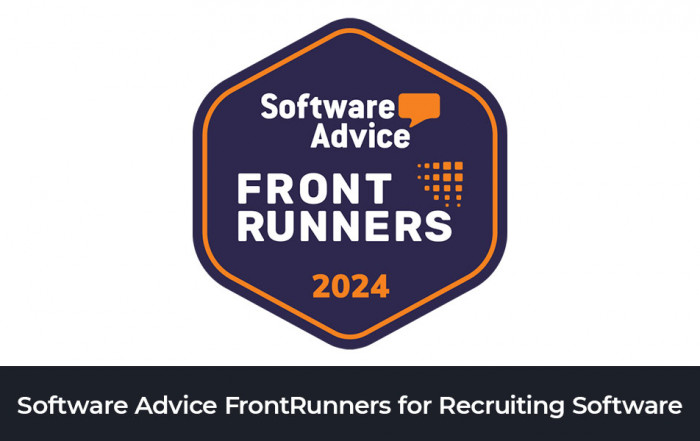What is back-office
Corporate News | 03.15.2023
The concept of back-office refers to all those HR management processes that are activated post-recruitment, starting with the contract of a candidate at a staffing agency’s client.

It is most closely related to the temporary employment sector, which, at least in Europe, has seen significant growth in recent months to the detriment of the permanent employment sector. Perhaps because the search for permanent positions is saturated in some countries or because of peaks in demand for temporary staff to cover temporary absences during the pandemic period, staffing agencies are facing new challenges and need tools to enable them to organize their work better and place staff more quickly.
As with recruitment and selection processes, back-office management processes require cloud-based software solutions, based on artificial intelligence, which automate and simplify the most bureaucratic and managerial part of staffing agencies’ job: creating quotes, managing contracts, entering hours worked and invoicing.
Many software programmes on the market for managing post-employment processes fulfil the functions mentioned above but, very often, they are not complete and it is necessary to purchase several separate modules and enter the same data in each one several times, in order to make a contract, an invoice, etc. Instead, programmes such as the back-office module, the module “Administration” of Ngage, Arca24’s software solution for staffing organizations, allow the entire workflow in a single tool, avoid a lot of data entry tasks with low added value and hire and manage temp workers “autonomously”. Ngage back-office, specifically, is 100% integrated with the front-office module for recruitment (ATS + CRM), making the tool even more powerful.
An all-in-one process
Here are the main requirements of a staffing agency and how they should be met:
1. Creation of quotes
The quote is the offer made by the agency to the end client for whom a worker is placed, a tool specially developed by Ngage, valid for both permanent and temporary staff placements. In the module of Ngage, you select the collective agreement and social charges and, automatically, the system calculates the total cost of the worker. Thanks to the pre-filling of various quotation templates, one quotation can be used to generate countless contracts, which saves entering the same data each time.
2. Generation of contracts
The generation of contracts must be quick, automated and shared with the worker and the end client immediately. In Ngage, both the candidate’s contract and the client’s contract are created in an easy way and are then available in the CRM module (in the client’s profile) and in the ATS module (in the candidate’s profile).
In addition to this, in order to be effective and quick in managing the entire process, the agency must always be able to know how many temporary workers are active at the moment, where they are allocated and whether they have expiring contracts; if necessary, they need to alert them easily of contract extensions.
3. Entry of hours
The entry of hours can be done by the agency consultant, by the client via his/her personal area and by the employee, only if the hours are not overtime. Hours can be entered monthly, weekly or daily. From the same panel, it is possible for the consultant to manage advances, create payment DTAs and enter overtime and extra hours. A control system allows the hours to be checked by the various consultants before sending them to invoicing, an additional alert to know how far the work of colleagues in the team has progressed and for further checking before proceeding.
4. Invoicing
After entering the working hours, the invoice can immediately self-generate, or be created manually, at the consultant’s choice. In manual mode, it is always possible to add lines to the invoice and make changes, but the bulk of the work is done by the system. Before confirmation, a draft invoice is always generated for further checking before proceeding to the final step, during which the system will assign the final numbering and the invoice will be both notified to the client and made available in his/her personal area.
Some extra functions and features, such as those offered by Ngage, can further optimize the agency work and create added value:
- reports and KPIs on staff placement, for monitoring team and agency performance;
- data import, e.g., of timesheets, from other devices, or data export to third-party software, for accounts payable/receivable, to avoid additional data entry activities;
- Integration with third parties for payrolling;
- system of alerts and notifications on missing data guiding the agency consultants in the proceedings to be carried out.
Of course, the winning model of back-office software is a tool that is 100% integrated with the front-office module, as is the case of Ngage, which manages the entire workflow from recruitment to invoicing. It avoids time-consuming tasks with little added value, as it is developed by HR professionals who have personally worked in staffing agencies and know their needs and daily challenges.
In this regard, in the SIA’s Global Staffing Back Office Software Landscape 2022, Staffing Industry Analysts (SIA), the global advisor on staffing and workforce solutions, the back-office module of Ngage, dedicated to employment agencies and recruitment companies, was recognized as a “End to end system with mature capability”.
Company
Arca24 is an HR Tech Factory specialised in the development of cloud software for the human resources sector.
Reference product
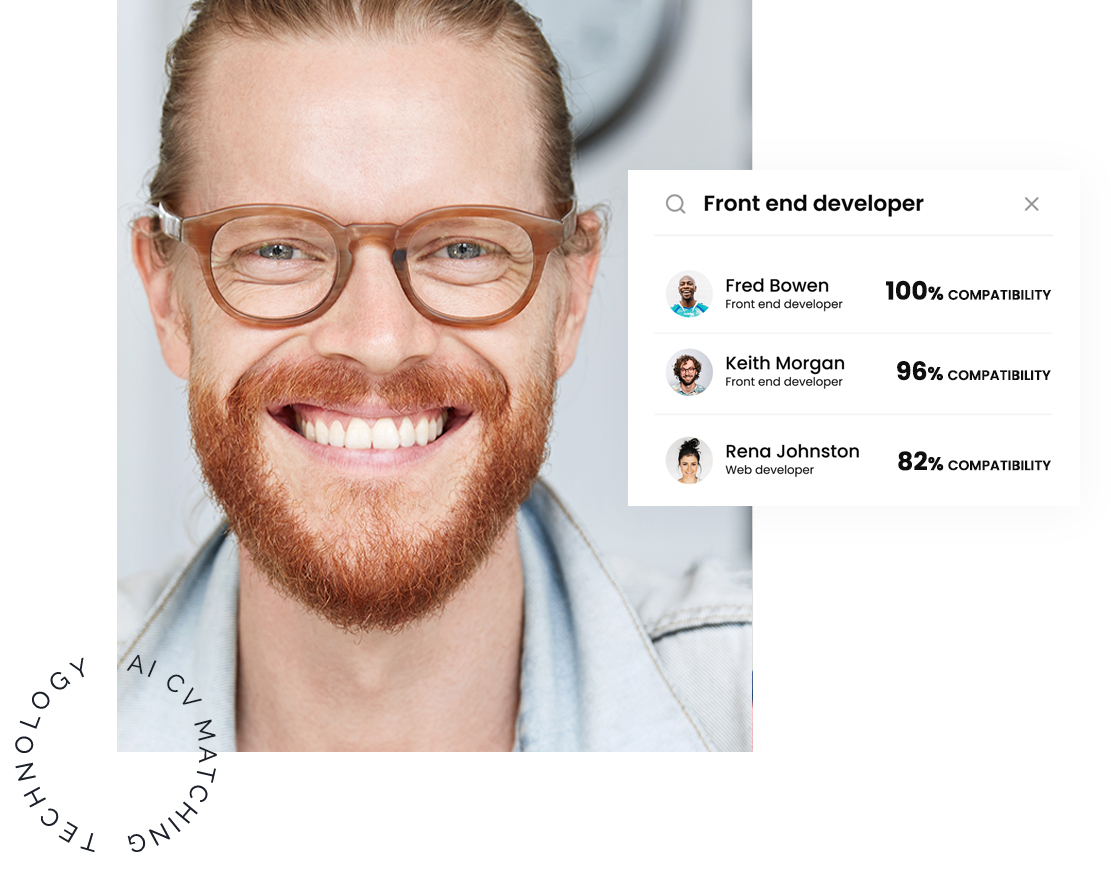
Ngage – Staffing Agency Software
Ngage (ATS+CRM) is a solution developed to support staffing and employment agencies throughout the entire production cycle. It optimizes and digitalize the processes of talent acquisition, customer relationship and administrative management.

Talentum – Talent Management Software
Talentum is a complete and intuitive end-to-end solution that allows the HR department to acquire, manage and optimise the workforce throughout the employee’s life cycle (from search and selection activities to the onboarding of selected candidates).
